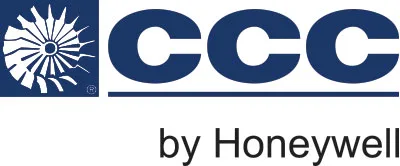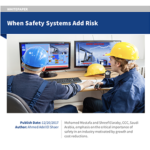

- Industries
- Solutions
- Services
- About CCC
- Media Center
- Contact
Enhance your turbomachinery performance and reliability by leveraging the power of digital and embedded expertise.
WATCH NOWWhen Safety Systems Add Risk
Plant and process engineers today are facing heightened pressure to continually improve performance that contributes additional value to the company’s bottom line. To continually meet these performance goals, turbomachinery trains must remain online and run at a capacity that approaches operating limits, all while avoiding process upsets and machine trips. While these higher workloads increase outputs, the safety risk to machines, personnel, and operations is also increased.

Fill out the form to download the FREE white paper “When Safety Systems Add Risk”.
Download your FREE copy today!
Introduction
Plant and process engineers today are facing heightened pressure to continually improve performance that contributes additional value to the company’s bottom line. To continually meet these performance goals, turbomachinery trains must remain online and run at a capacity that approaches operating limits, all while avoiding process upsets and machine trips. While these higher workloads increase outputs, the safety risk to machines, personnel, and operations is also increased.
These performance requirements and heightened operating risks place a greater burden on engineers to select a safe, reliable system that improves process operations to control their machines. Industry safety standard requirements such as IEC61508/511 can contribute additional complexity to the decision- making process when selecting a control system.
To minimize operational risk and maximize uptime, some vendors offer solutions renowned throughout the industry for safety, availability, and security while using a SIL rated safety system. While these emergency shutdown systems (ESDs) offer a simpler diagnostic interface, these systems sacrifice process efficiency to achieve high reliability and if not implemented according the SIL certification guidelines these systems are not more reliable than build for purpose control systems.
- Contact Our Team